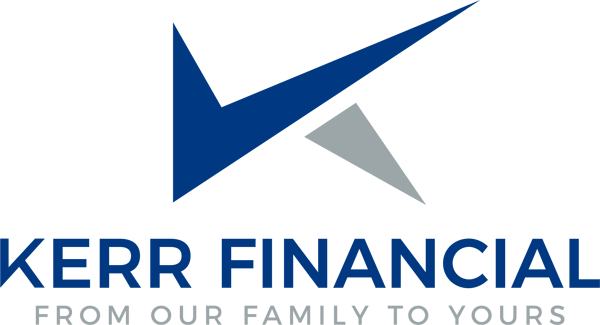How to pay for the COVID-19 Government Debt?
The parliament’s budget office (PBO) has stated that it is likely the federal deficit for the year will hit $252 billion as a result of the COVID-19 pandemic, and could go even higher if emergency measures remain in place longer than planned. Moreover, Canada’s federal debt that currently stands at just over $754 billion is projected to hit $1 trillion by year end. No doubt, Canada’s debt problem is being compounded by high unemployment and a declining gross domestic product (GDP) both of which have the effect of reducing revenue and increasing spending. The federal government as we move forward will be incurring higher interest charges to service the rising debt. At some point the government will be forced to increase taxes and decrease government spending to cover the cost of COVID-19 spending as the current situation is unsustainable.
3 Potential sources of additional revenue – to pay for the government debt:
Capital Gains
Currently 50% of capital gains are taxable. This means that if you sell an investment at a higher price than you paid you will need to add 50% (inclusion rate) of the capital gain to your income. Over the years, the inclusion rate rose from 50 per cent to 66.66 per cent and then to 75 per cent, before being reduced back to 50 per cent, where it stands today. The government of Canada may choose to increase the inclusion rate at some point in the future to increase tax revenues
Lifetime Capital Gains Exemption
Currently if an individual Canadian resident sells their shares in their small business and these shares count as qualified small business corporation (QSBC) shares they can claim a lifetime capital gains exemption (LCGE) to shelter all or part of the gain from tax. The LCGE for QSBC shares as of 2020 is $883,384. Over the years the LCGE amount has been increasing but under the current debt and economic environment the government of Canada may decide to eliminate or reduce the LCGE to increase tax revenues
Employee Stock Options
Currently when an employee exercises their employee stock options to acquire shares the employee is deemed to have realized a taxable employment benefit equal to the excess of the value of the shares at the time of acquisition over the exercise price paid for the shares. If the exercise price of the option was fixed at an amount that is not less than the fair market value of the share at the time the option was granted, and provided certain other conditions are met, the employee may be entitled to claim a deduction equal to one-half of the taxable benefit (the Employee Deduction). This deduction aligns stock option benefits to be taxed at the same tax rate applicable to capital gains. As part of previous budget proposal, the government of Canada put a $200,000 annual cap on future stock options eligible for this treatment but would have excluded shares offered by start-ups and other smaller, rapidly growing businesses. In December of 2019, the government halted all plans to change the tax rules for stock options but with the government in desperate need for revenue this proposal might be revived.
Work with your professional financial advisor
The key to overcoming any potential increases in taxes and the impact to your financial situation is to work with your professional financial advisor to develop an action plan that best suits your goals.
Related Articles
Estate Settlement & Administration, Investment Management, Kerr Family Office
Accounting Services, Kerr Family Office, Kerr Fundamentals, Kerr Integrated, Personal Financial Planning
Accounting Services, Investment Management, Personal Financial Planning, Personal Tax Services





